Cheddar Cheese: From Kitchen Staple to Gourmet Delight
Whether you’re grating it over your favorite pasta or enjoying it on a sophisticated cheeseboard, cheddar cheese has found a permanent place in the hearts—and kitchens—of cheese lovers everywhere. With its fascinating history, unique production process, and endless culinary uses, cheddar is more than just a pantry staple; it’s a cultural and culinary treasure.
This blog will explore everything you need to know about cheddar cheese—from its rich origins and varieties to its nutritional benefits and tips on cooking, pairing, and storage. Let’s take a deeper look into the world of cheddar and discover why it continues to hold its rightful crown as one of the most beloved cheeses.
Table of Contents
A Brief History of Cheddar Cheese
Cheddar cheese traces its origins back to the village of Cheddar in Somerset, England. Legend has it that cheddar’s creation was a happy accident when a milkmaid left a pail of milk in a cave in Cheddar Gorge. The naturally cool and humid conditions transformed the milk into an early version of what we now call cheddar.
Over the centuries, cheddar gained prominence, traveling far beyond its humble beginnings. By the 19th century, it became a favorite in the United Kingdom and spread worldwide, largely thanks to the Industrial Revolution and advances in cheese-making techniques. Today, cheddar is crafted and enjoyed in countries all around the globe, from the United States to Australia, cementing its place as a culinary icon.
What Makes Cheddar Unique?
One word separates cheddar from other cheeses—cheddaring. Unlike other cheeses, cheddar undergoes a special process called “cheddaring,” which involves stacking slabs of curd and turning them repeatedly to draw out moisture. This step helps develop cheddar’s distinctive texture and flavor.
“The cheddaring process is what truly sets cheddar cheese apart, giving it its unique texture and taste that evolves with age,” shares Emma Dairy, Cheese Industry Expert.
Not only does the cheddaring process contribute to its rich tang, but varying maturation times give cheddar a dynamic range of flavor profiles, which we’ll explore next.
The Varieties of Cheddar Cheese
Cheddar cheese comes in many forms, offering something for every palate. Here are the main types:
- Mild Cheddar

Aged for 2-3 months, mild cheddar is creamy, smooth, and has a subtle flavor. It’s perfect for melting into grilled cheese sandwiches or mac and cheese.
- Medium Cheddar

Aged for 4-9 months, medium cheddar strikes a balance between creaminess and a slightly sharper tang. It’s an excellent choice for soups and casseroles.
- Aged Cheddar

Aged from 12 months to several years, aged cheddar boasts a crumbly texture and a robust flavor that’s often nutty and tangy. It’s the star of cheese boards and pairs beautifully with wine and fruit.
- Regional Cheddars

Explore regional varieties like Vermont cheddar (known for its tangy sharpness) or English farmhouse cheddar (with earthy and nutty notes). Each region provides its unique take on this timeless cheese.
Health Benefits of Cheddar Cheese
Cheddar cheese isn’t only delicious, but it’s full of nutrients that can help you maintain the healthy eating habits.
- High in protein: Every inch of cheddar has around 7g of protein that is crucial for energy and muscle repair.
- The food is rich in Calcium One serving contains 20 percent of the recommended daily dose of calcium helping to maintain bone health.
- Vitamin B12 Cheddar contains B12, which assists in maintaining blood and nerve healthy cells.
Here’s a basic nutrition table for Cheddar Cheese (per 1 oz or 28 grams):
| Nutrient | Amount |
|---|---|
| Calories | 115 kcal |
| Total Fat | 9.4 g |
| Saturated Fat | 6 g |
| Cholesterol | 30 mg |
| Sodium | 180 mg |
| Total Carbohydrates | 0.4 g |
| Dietary Fiber | 0 g |
| Sugars | 0 g |
| Protein | 7 g |
| Calcium | 200 mg (15% DV) |
| Vitamin A | 75 mcg (8% DV) |
| Iron | 0.1 mg (1% DV) |
Although cheddar is healthy however, moderation is essential because of its saturated fat amount. Be mindful when incorporating it into your diet so that you can reap the health benefits it offers!
Cooking with Cheddar Cheese
This versatile cheese can elevate dishes from simple snacks to gourmet meals. Here are some delicious ideas:
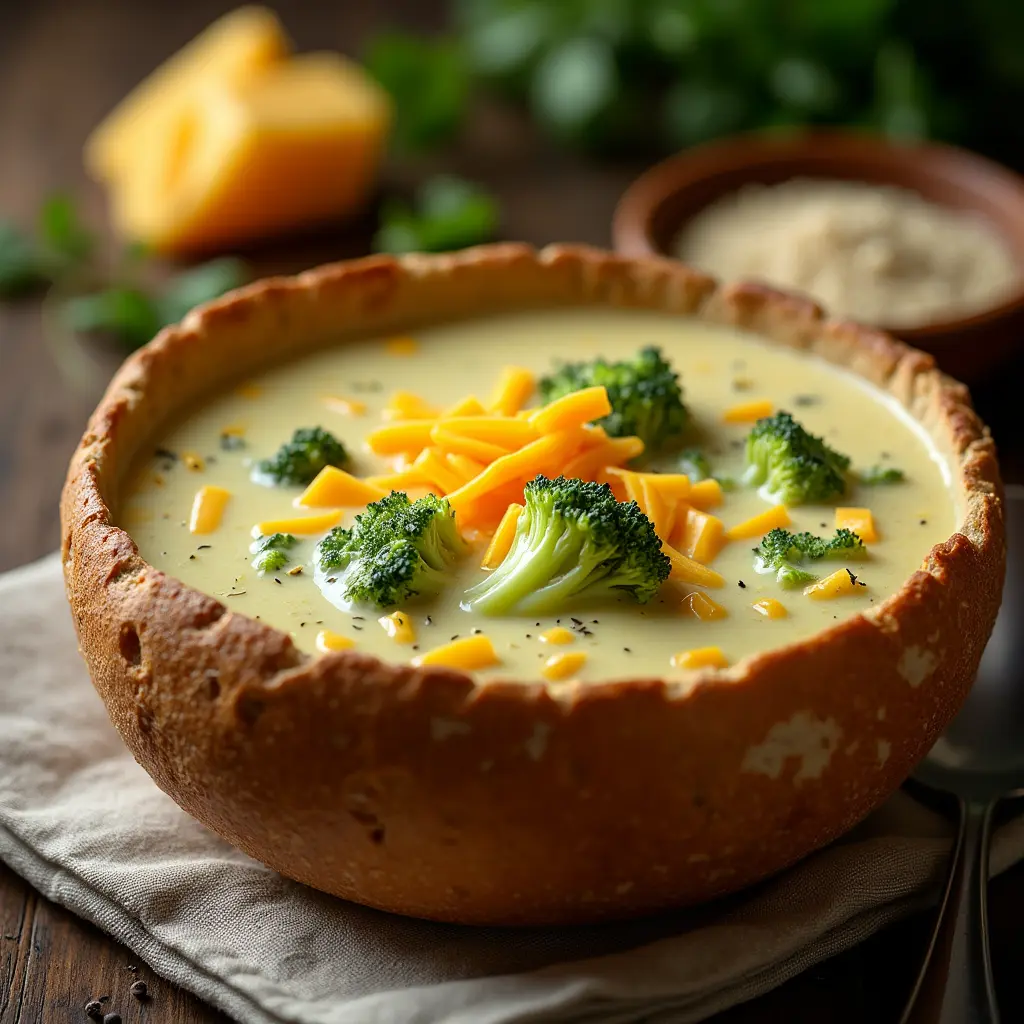
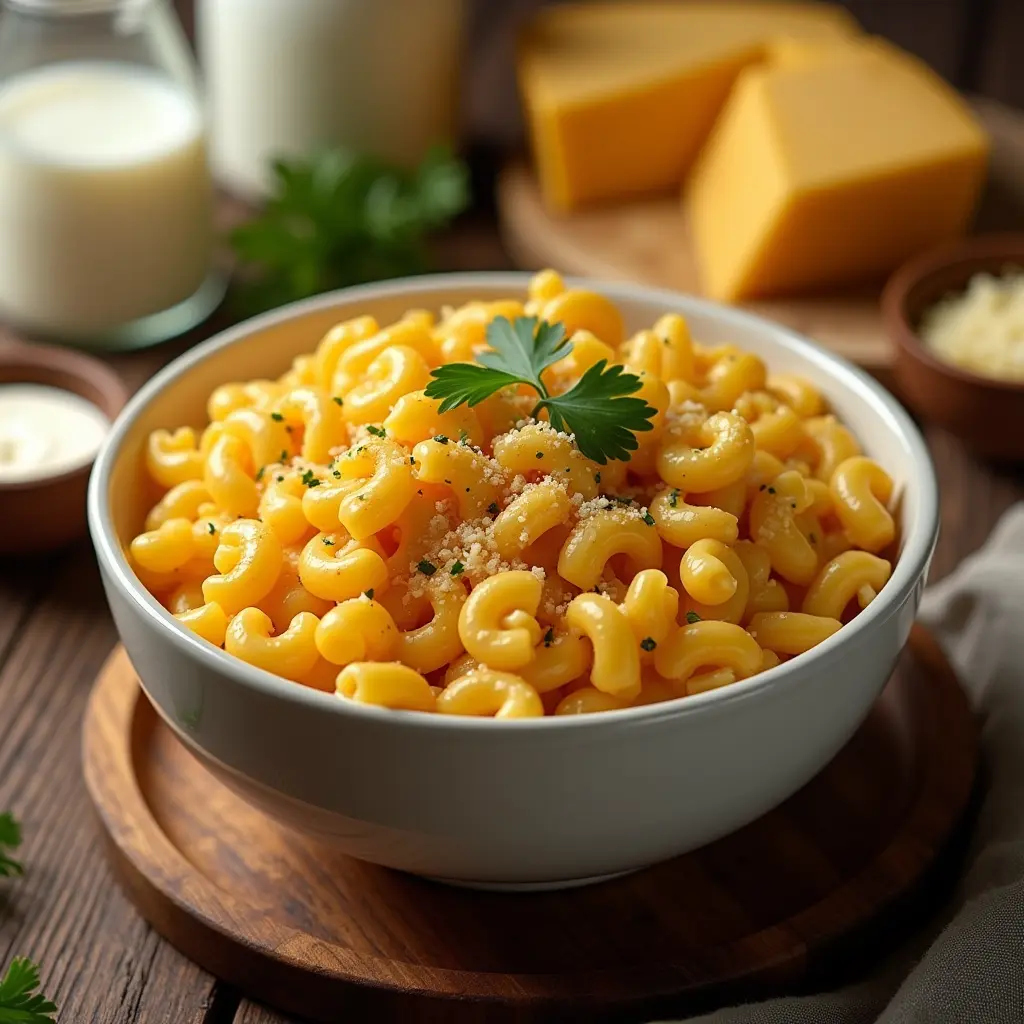

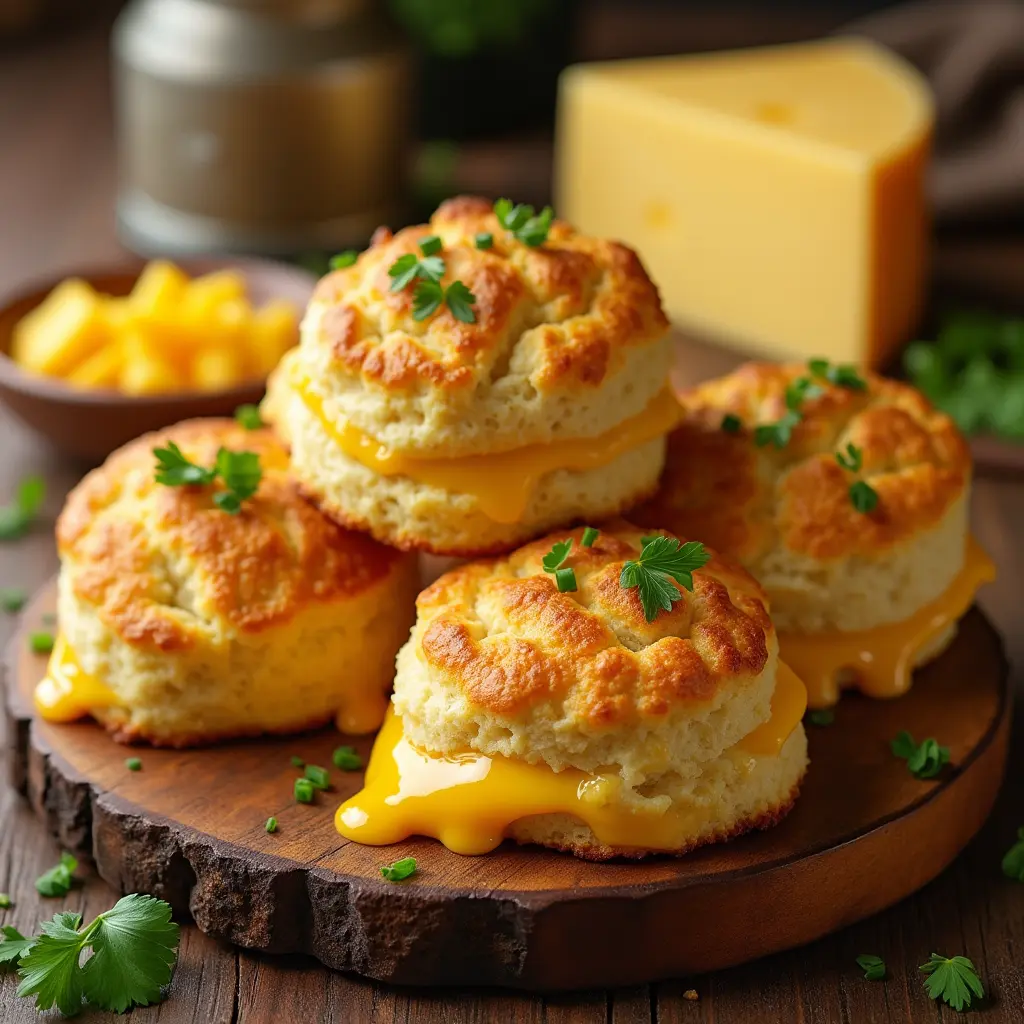
- Classic Mac & Cheese: Melt mild cheddar into a creamy béchamel sauce for the ultimate comfort dish.
- Cheddar and Broccoli Soup: Create a rich, velvety soup with sharp cheddar to balance the sweetness of broccoli.
- Cheddar Salad Toppers: Sprinkle shredded cheddar on salads for an extra burst of flavor.
- Savory Cheddar Biscuits: Bake fluffy, golden biscuits bursting with cheddar goodness—perfect for brunch spreads.
“When it comes to cooking, cheddar cheese is a kitchen staple that can elevate any dish, from the simple to the gourmet,” says Alex Cook, Food Network Chef.
Pairing Cheddar Cheese
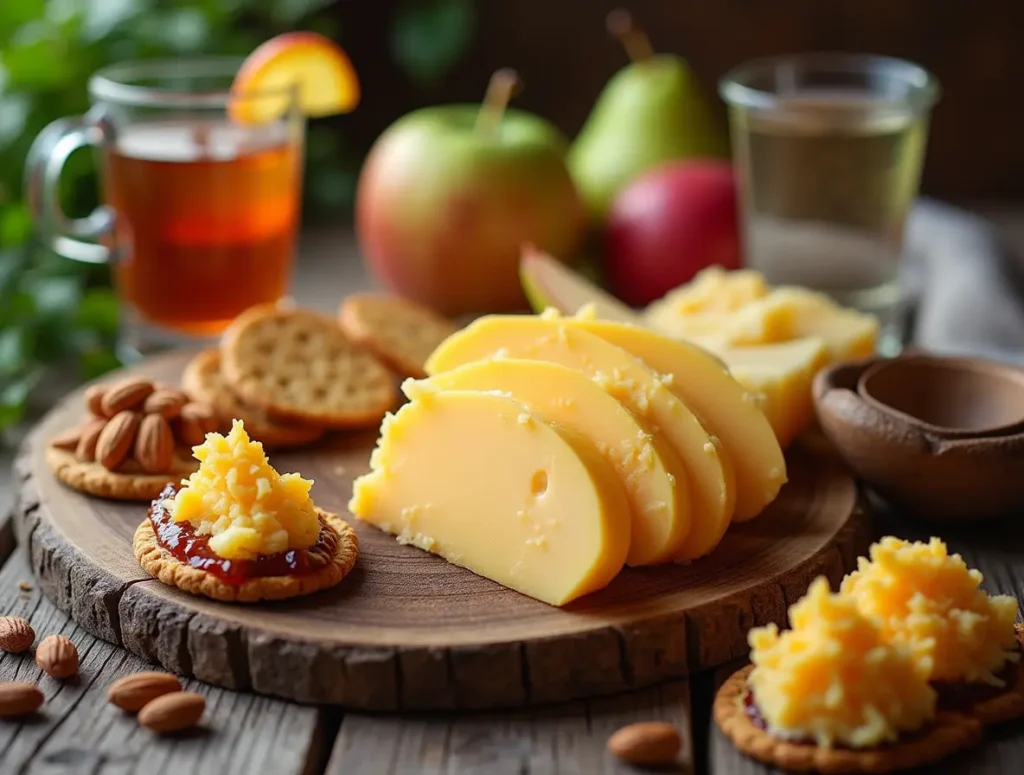
Pairing cheddar with the right flavors can enhance your tasting experience. Here’s what works best:
- Pair Cheddar with apple slices or pears for a sweet contrast.
- Enjoy it with roasted nuts like almonds or walnuts.
- Spread honey or fig jam on crackers with a slice of Cheddar.
- Pair it with a warm cup of black tea for a cozy match.
“Pairing cheddar with the right beverage or fruit can enhance its flavor profile, creating a memorable tasting experience,” explains Sam Sommelier.
Buying and Stori ng Cheddar Cheese
For enjoying the best cheddar the right selection and storage is crucial.
- Buying Tips:
- Find the label for its age and the source.
- Try sourcing natural rinds or blocks for a more refreshing flavor compared to the pre-shredded options.
- Try your local cheesemonger as well as market stalls at farmers’ market to find unique cheeses.
- Storing Tips:
- Store cheddar in an airtight container and waxed paper in order to stop drying.
- Place the cheese in the refrigerator’s drawer or on the middle shelf for a steady temperature.
- For cheddar aged let the cheese to reach temperatures at room temperature prior to serving in order to get the full flavor.
“Understanding how to buy and store cheddar cheese can ensure you always enjoy it at its best, whether it’s mild or mature,” advises Rita Retail, Cheese Department Manager.
Cheddar Cheese vs. White Cheddar: What’s the Difference?
Cheddar cheese and white Cheddar cheese are the same, except for the color. Orange Cheddar is colored with annatto, while white Cheddar is natural. The taste is the same, ranging from mild to sharp, depending on how long it’s aged. Both are great for cooking, snacking, and pairing with fruits or nuts.
Explore the World of Cheddar Cheese
From its rich and varied history and distinctive production method to its numerous varieties and culinary variety cheddar cheese is pleasing to novices and experts alike. It doesn’t matter if you’re adding it to the top of a dish or enjoying it with a robust Merlot the cheddar cheese offers something for everyone.
Need more inspiration for cheese Do you want to receive our weekly recipe and tips to take your cooking into the top tier. Don’t forget to share your top cheese dishes and cheese pairings in the comments section below. We’d be delighted to hear from you!
Frequently Asked Questions
1. What is the best way to keep cheddar cheese in storage?
To ensure that your cheddar stays fresh, protect it by wrapping it tightly in wax or parchment paper. Follow it up with an aluminum foil cover and an airtight container. Place your cheese in its drawer, or a more chilled section of your fridge to preserve the texture and taste.
2. Can I freeze cheddar cheese?
Yes cheddar cheese can be frozen to prolong its shelf longevity. Cover it with foil or plastic wrap and put inside a freeze-safe container. Be aware that freezing could alter the texture of the food, making it more suitable to cooking instead of slicing.
3. How do I pair cheddar cheese with drinks?
Cheddar pairs well with a variety of beverages. Sharp cheddars complement the bold flavors of red wines like Merlot or Cabernet Sauvignon, while milder varieties go beautifully with crisp apple cider or a smooth lager.
4. What’s the difference between mild, sharp, and extra-sharp cheddar?
The difference lies in the aging process. Mild cheddar is aged for a shorter period, offering a creamy and subtle flavor, while sharp and extra-sharp cheddars are aged longer, resulting in a more robust and tangy profile. Choose based on your taste preference and the dish you’re preparing!

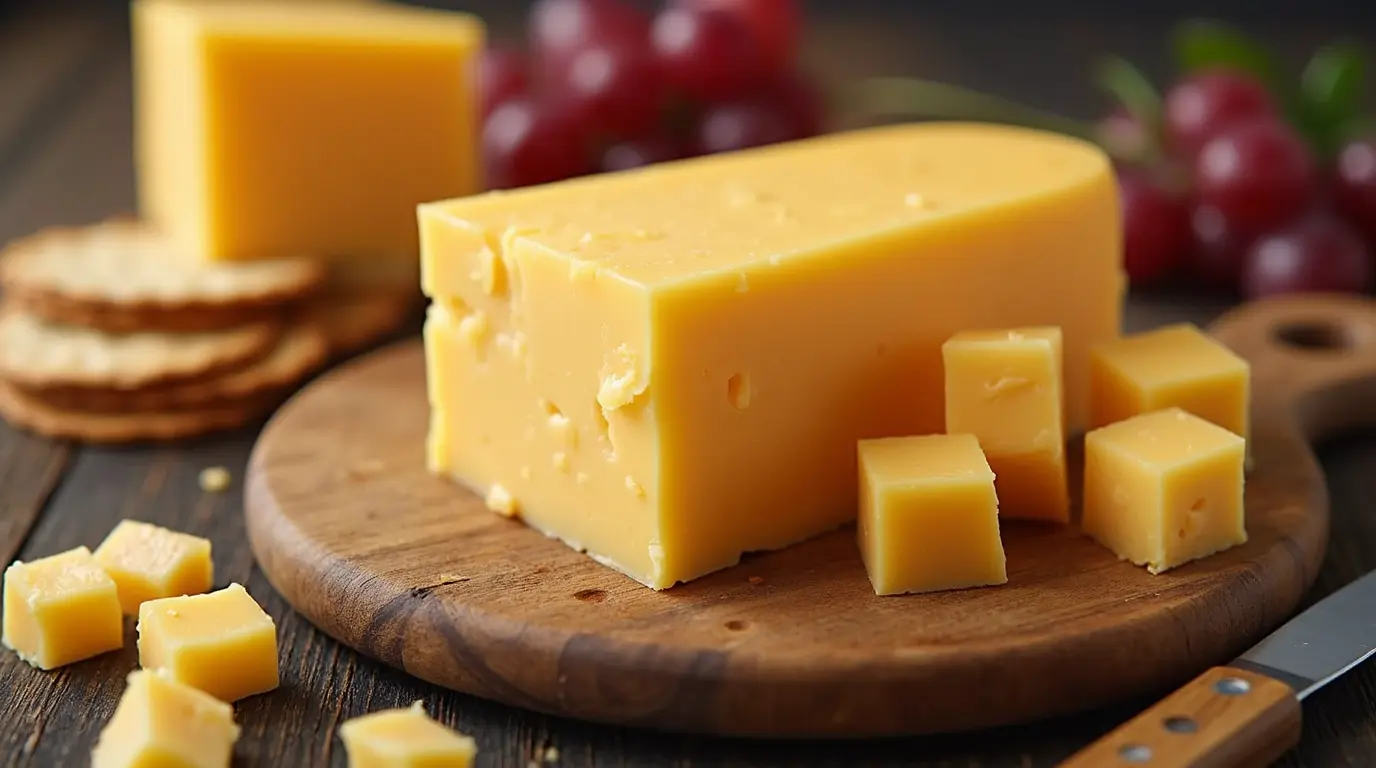
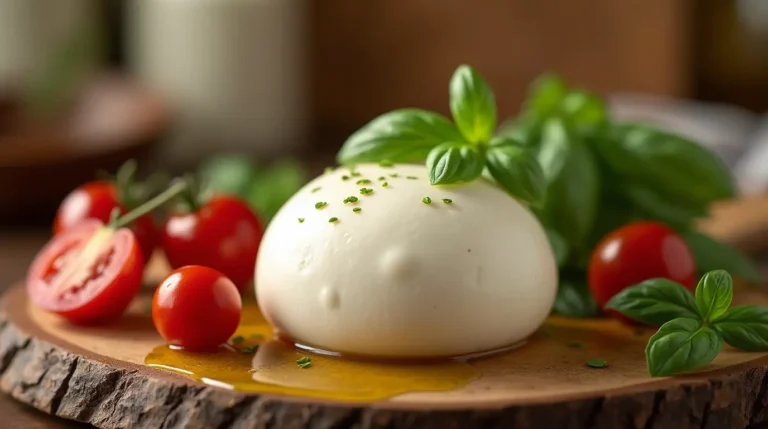
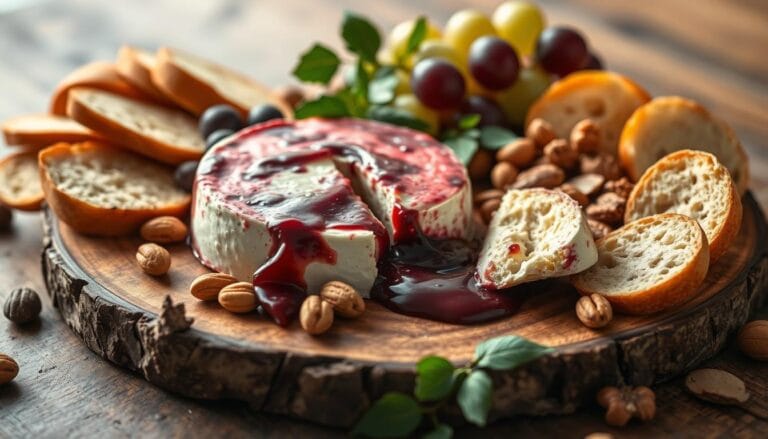
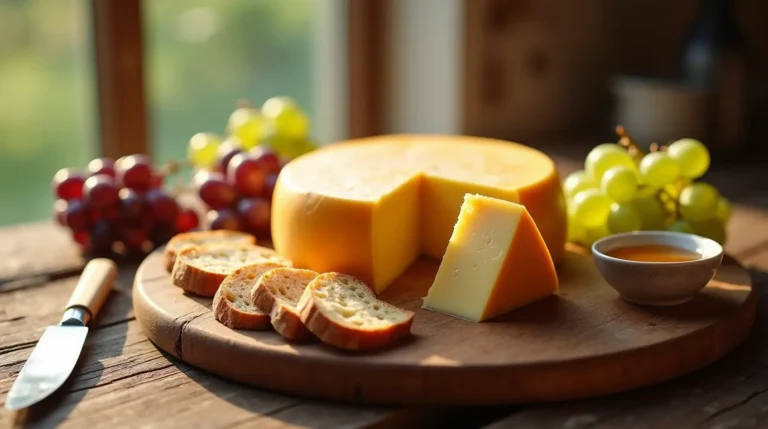
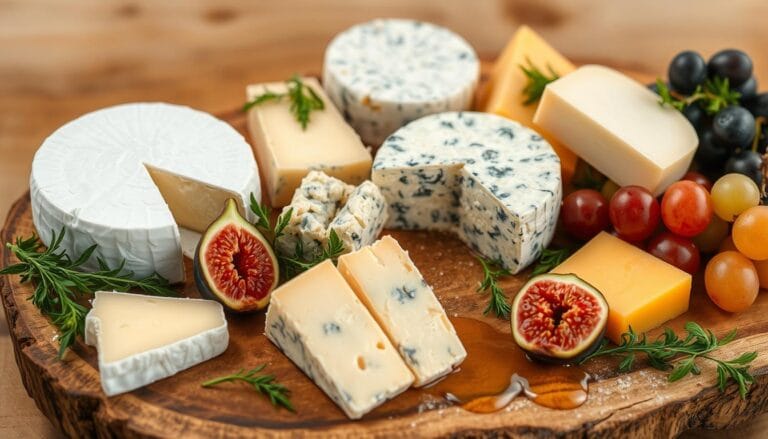
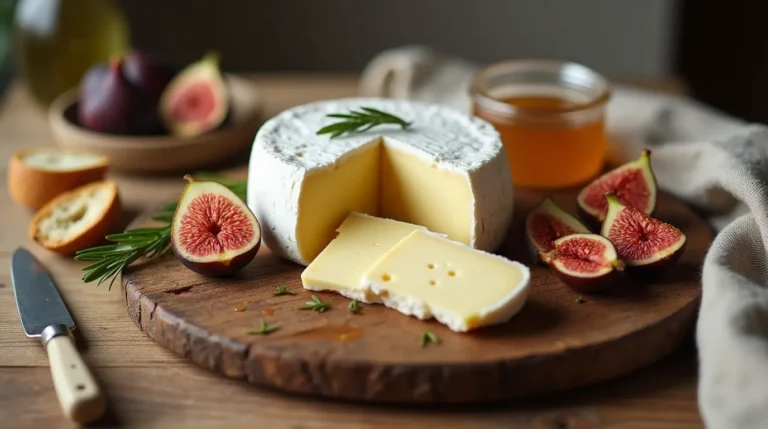

6 Comments
Comments are closed.